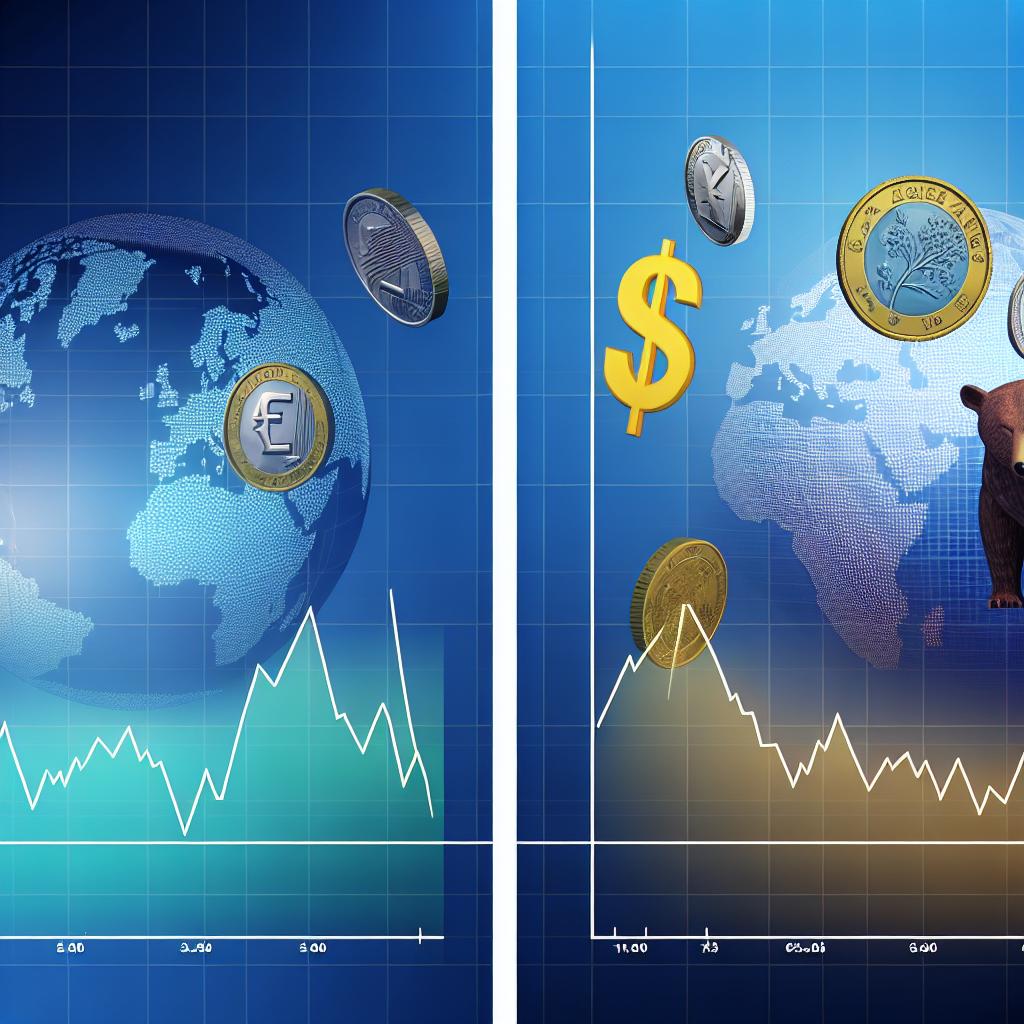Understanding Forex Trading and Stock Trading
Forex trading and stock trading are two distinct forms of investment, each with its own characteristics and benefits. This article aims to delve into the intricacies of these markets, offering a detailed comparison to aid you in making informed financial decisions.
Market Fundamentals
Forex Trading entails the buying and selling of currencies. It stands as the largest financial market globally, boasting a daily trading volume exceeding $6 trillion. Due to its international scope, forex trading operates 24 hours a day, five days a week. The key participants include banks, financial institutions, multinational corporations, and individual traders. This market’s extensive size and global reach ensure continuous trading activities across various time zones.
Conversely, stock trading involves the exchange of stock shares representing ownership in companies. Stock markets present opportunities to invest in individual companies or sectors, contributing to economic growth and development. Prominent stock exchanges such as the New York Stock Exchange (NYSE) and the NASDAQ follow specific operating hours. Unlike the round-the-clock nature of forex trading, stock trading is confined to the business hours of these exchanges.
Leverage and Risk
Within the domain of forex trading, leverage is a common feature, empowering traders to control larger positions than their initial investment would typically allow. While leverage can substantially amplify potential profit, it also escalates potential losses. Therefore, it is imperative for traders to adeptly manage risk and possess a comprehensive understanding of their trading strategies. The judicious use of leverage is essential to avoid undesirable financial outcomes.
In stark contrast, stock trading typically relies on less leverage. Though margin accounts can augment buying power, they generally incorporate a lower degree of leverage than that observed in forex trading. Consequently, stock trading represents a more conservative investment approach for individuals seeking to mitigate high-risk exposure. The restrained use of leverage in stock trading aligns with the generally more stable nature of stock market operations.
Market Volatility
Forex markets are renowned for their considerable volatility. Prices can fluctuate rapidly in response to economic events, geopolitical developments, and central bank policy changes. Traders often endeavor to benefit from these variations through the use of technical analysis and chart patterns to identify opportune trade entries and exits.
In the realm of stock trading, volatility levels differ among individual stocks. Some stocks may exhibit significant price swings due to factors such as earnings reports, mergers, acquisitions, or other noteworthy company news. However, broad market indices, encompassing a wide range of stocks, generally demonstrate more stable movements compared to individual forex currency pairs. The diversity within the stock market can provide a buffer against volatility experienced by single stocks.
Diversity of Instruments
Forex Trading predominantly revolves around currency pairs, including popular ones such as EUR/USD or USD/JPY. While this concentrates the scope of available instruments, it allows for focused analysis on macroeconomic trends and geopolitical factors influencing currency values. The limited range of currency pairs necessitates an in-depth understanding of economic indicators that impact currency strength.
In contrast, stock trading offers a broad spectrum of investment avenues. Investors can diversify their portfolios by acquiring stocks from various sectors and industries. Moreover, options and other derivatives provide additional channels to enhance trading strategies and manage risk exposure. The diversity inherent in stock trading offers investors the ability to tailor their portfolios to specific investment goals and sectors of interest.
Costs and Fees
Forex traders may encounter several costs, including spreads, commissions, and overnight financing fees. Typically, spreads are narrow in forex, particularly for major currency pairs. However, for those engaging in frequent trading or holding positions overnight, fees may accumulate rapidly, impacting overall profitability.
Similarly, stock traders may incur expenses such as brokerage commissions, exchange fees, and taxes on capital gains. These costs can vary depending on the trading platform utilized and the specific market involved. Some platforms provide commission-free trades for select stocks, thereby reducing costs for investors. It is crucial for traders and investors to assess the fee structures associated with their chosen trading venues to optimize their net returns.
Conclusion
In conclusion, both forex trading and stock trading possess unique characteristics that appeal to diverse types of investors. Forex trading offers high liquidity and the potential for significant leverage, making it well-suited for traders pursuing short-term opportunities and willing to navigate higher risk environments. In contrast, stock trading provides a more stable and diverse market landscape, attracting long-term investors and individuals interested in particular sectors or companies.
Understanding these distinctive differences is crucial for anyone contemplating entry into either market. Investors are encouraged to evaluate their risk tolerance, investment goals, and market understanding before committing to a trading strategy. Further exploration of educational resources and consultation with financial advisors can provide valuable insights to help optimize investment decisions.
By comprehensively considering the features discussed, investors can better align their trading activities with their financial objectives, ultimately contributing to successful market participation.
This article was last updated on: March 31, 2025

